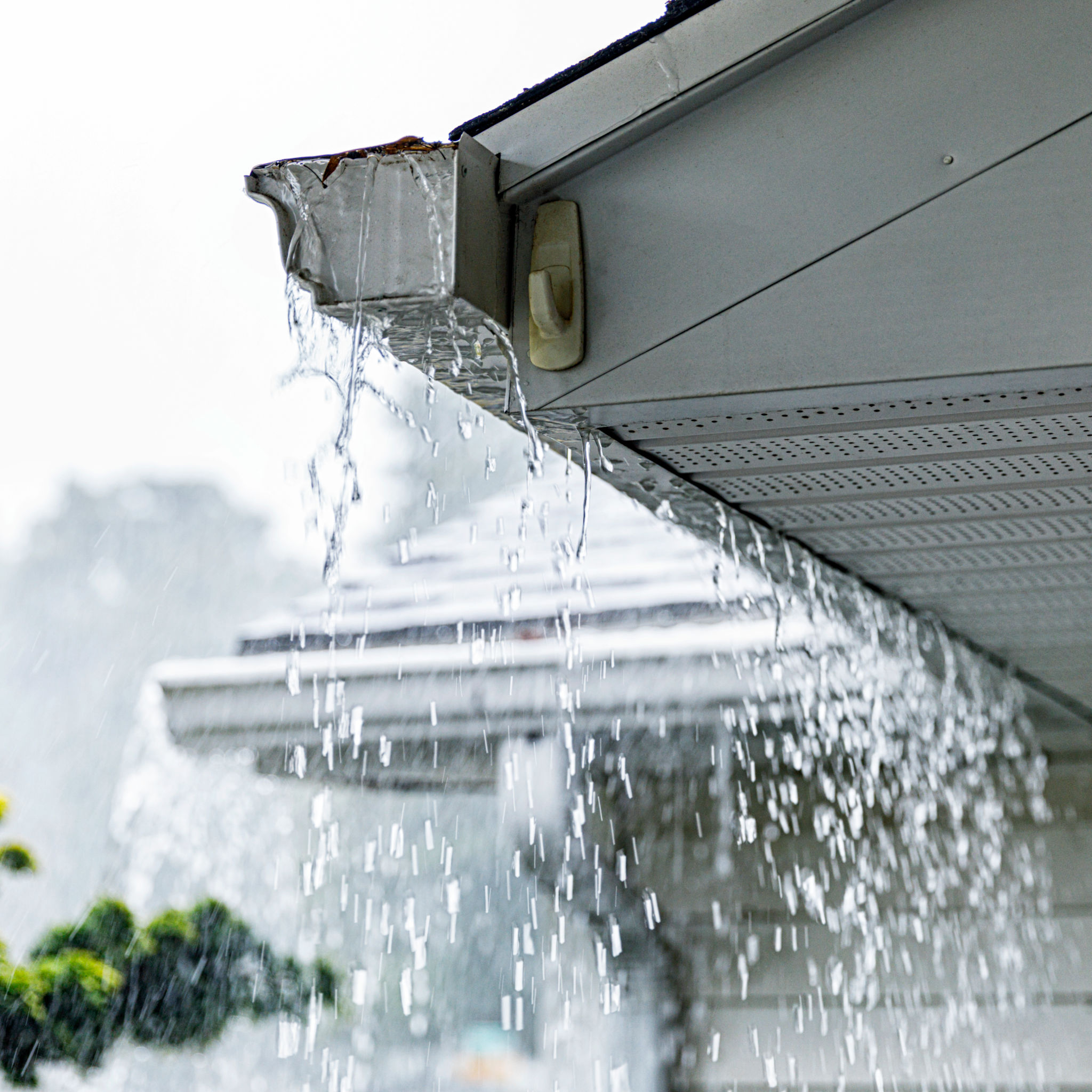Weatherproofing Your Home: Tips for Australian Climates
Understanding Australia's Diverse Climates
Australia is known for its diverse climates, ranging from the tropical heat of the north to the cooler temperate regions in the south. This variation presents unique challenges when it comes to weatherproofing your home. Understanding your specific climate zone is the first step in ensuring your home is well-protected against the elements.
The Bureau of Meteorology divides Australia into several climate zones, including tropical, arid, temperate, and alpine regions. Each of these requires different weatherproofing strategies. For instance, homes in tropical areas must withstand high humidity and heavy rainfall, while those in arid zones deal with extreme heat and minimal precipitation.

Insulation: Your First Line of Defense
Proper insulation is critical for maintaining a comfortable indoor environment and reducing energy costs. It acts as a barrier to heat flow, helping keep your home warm in winter and cool in summer. Insulation materials vary from fiberglass to foam and reflective foil, each with its specific benefits and applications.
To maximize effectiveness, consider insulating not just your walls but also the roof and floors. This comprehensive approach ensures that your home has consistent thermal protection. Additionally, pay attention to the R-value of insulation materials, which indicates their resistance to heat flow. A higher R-value means better insulation performance.

Sealing Gaps and Cracks
Even with excellent insulation, small gaps and cracks in your home can lead to significant energy loss. These openings allow drafts to enter, making it difficult to maintain a stable indoor temperature. Sealing gaps around windows, doors, and other structural openings is a simple yet effective way to enhance your home's energy efficiency.
Use weatherstripping for doors and windows to prevent air leaks. For cracks in walls or around pipes, apply caulking or expanding foam. Regularly inspect these seals as they can degrade over time, especially in extreme weather conditions.
Protecting Your Home from Water Damage
In regions prone to heavy rainfall or tropical storms, managing water runoff is crucial to prevent damage. Ensure that gutters and downspouts are clear of debris so that water can flow freely away from your home. Consider installing gutter guards to reduce maintenance needs.

Additionally, assess the grading around your home's foundation. The ground should slope away from the house to direct water away and reduce the risk of flooding. In high-risk areas, consider installing a sump pump or French drain system to manage excess water effectively.
Choosing the Right Exterior Materials
The materials you choose for your home's exterior can significantly impact its weather resistance. In coastal regions, where salt and humidity can cause corrosion, opt for materials like stainless steel or aluminum for fixtures and fittings. For bushfire-prone areas, consider using fire-resistant materials like brick or metal cladding.
Regular maintenance of these materials is essential to ensure their longevity. This includes repainting surfaces when necessary and replacing any damaged sections promptly.

Landscaping for Weather Protection
Strategic landscaping can also play a role in weatherproofing your home. Planting trees and shrubs can provide natural windbreaks, reducing the impact of strong winds on your property. However, ensure that these plants are not too close to the house to avoid root damage or falling branches during storms.
In addition, consider using drought-resistant plants in arid regions to conserve water while maintaining an appealing landscape. Mulching garden beds can help retain soil moisture and reduce temperature fluctuations around your home's foundation.
Regular Maintenance: The Key to Longevity
No matter how well you weatherproof your home, regular maintenance is vital to ensure its continued effectiveness. Schedule annual inspections to assess the condition of roofs, gutters, seals, and insulation. Address any issues promptly to prevent minor problems from becoming costly repairs.
By staying proactive with maintenance and understanding the unique challenges posed by Australia's varied climates, you can effectively weatherproof your home, ensuring comfort and protection year-round.
